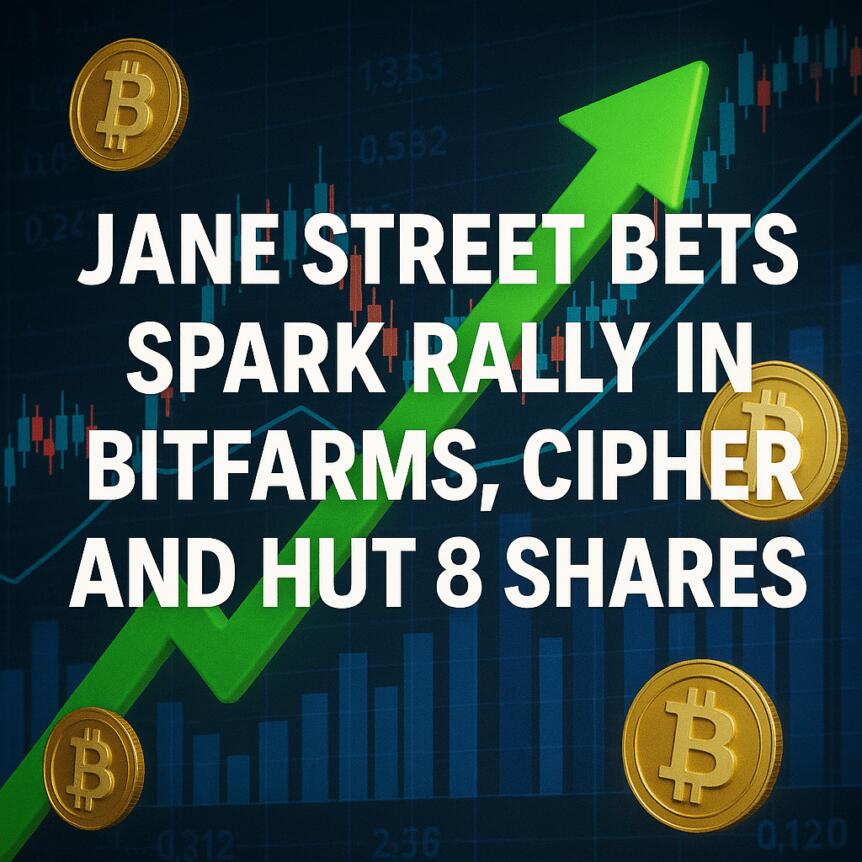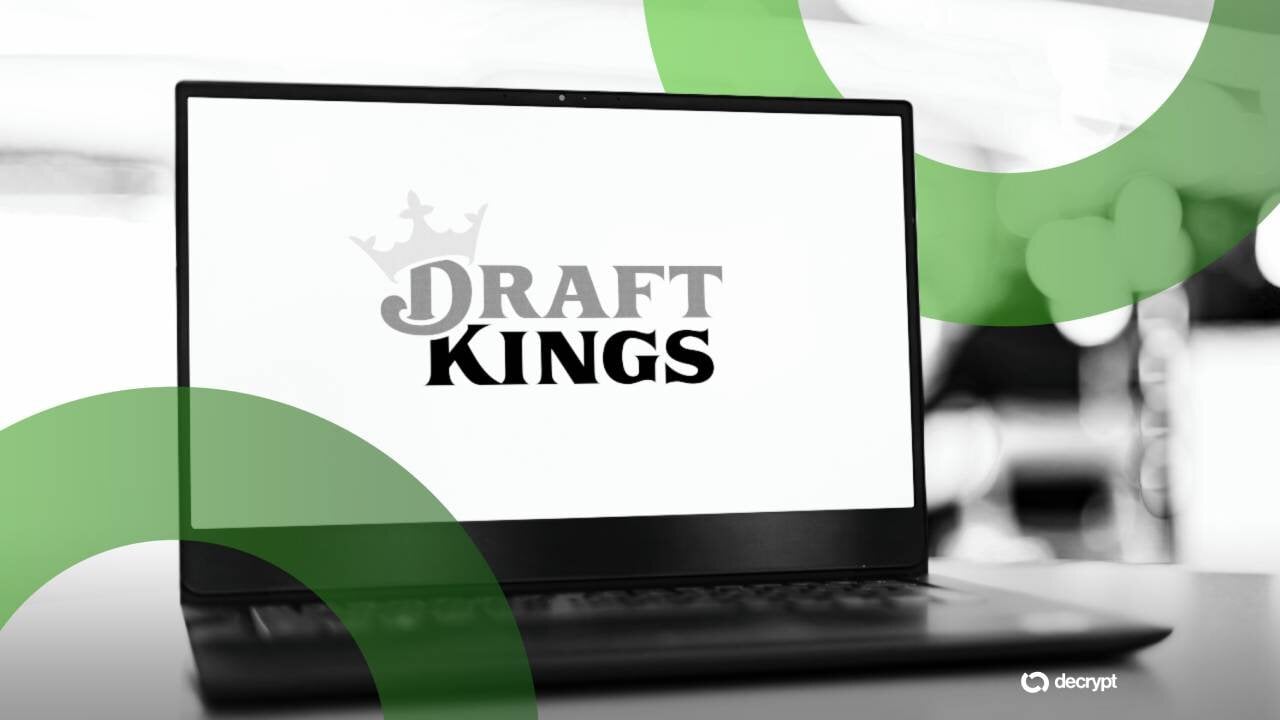The global economy is entering a transformative phase where the lines between the digital and physical worlds are blurring.
According to a16z’s State of Crypto 2025 report, this year marks the beginning of a fully onchain era – a time when decentralized networks, real-world assets, and artificial intelligence are fusing into one interconnected system.
From trillion-dollar stablecoin settlements to decentralized physical infrastructure and AI-powered payment rails, crypto is no longer just a parallel economy. It’s becoming the foundation of a new digital ecosystem that spans finance, technology, and even public infrastructure.
The Onchain Economy Goes Mainstream
The State of Crypto 2025 report describes a “multi-sector onchain marketplace” that now involves tens of millions of active participants every month. Decentralized exchanges (DEXs), prediction markets, and tokenized asset platforms have all grown exponentially, challenging centralized incumbents and bringing transparency to financial systems once shrouded in opacity.
Nearly one-fifth of all spot crypto trading now takes place on decentralized platforms. Perpetual futures, one of the fastest-growing segments, have seen trading volumes rise almost eightfold over the past year. Hyperliquid, a leading decentralized exchange, has processed trillions of dollars in trades, generating over $1 billion in annualized revenue – numbers that rival some traditional trading venues.
But this growth isn’t limited to financial markets. The total value of tokenized real-world assets (RWAs) – such as government bonds, private credit, and real estate – has climbed to $30 billion, up nearly fourfold in two years. This merging of traditional finance and blockchain represents one of the most profound shifts in modern economics: capital markets are going onchain.
By transforming static assets into programmable, transferable digital instruments, tokenization is turning blockchains into operating systems for the global economy.
DePIN: The New Infrastructure Revolution
Beyond finance, the blockchain revolution is expanding into the physical world through DePIN – Decentralized Physical Infrastructure Networks. Much like how DeFi reinvented financial systems, DePIN projects are reimagining how essential physical networks operate, from telecommunications and energy grids to transportation systems.
The Helium network, for instance, now provides decentralized 5G coverage to 1.4 million daily users through more than 111,000 community-operated hotspots. Instead of relying on large telecom monopolies, individuals are rewarded in tokens for providing coverage, creating a bottom-up, incentive-driven network model.
The potential is massive. The World Economic Forum projects that DePIN networks could represent a $3.5 trillion market by 2028. Energy-sharing platforms, peer-to-peer connectivity systems, and distributed computing grids are already taking shape – and all are being built on blockchain infrastructure.
Prediction Markets and NFTs Find New Purpose
The 2024 U.S. presidential election thrust blockchain prediction markets into the mainstream, but the momentum didn’t fade when the ballots closed. Platforms like Polymarket and Kalshi have seen their monthly trading volumes grow fivefold since the start of 2025. Once viewed as a niche form of speculation, prediction markets are now being recognized as powerful forecasting tools for politics, sports, and macroeconomics.
Meanwhile, the NFT sector has entered a quieter but more sustainable phase. While total trading volumes are far below their 2022 peaks, the number of monthly active NFT buyers continues to climb. The shift reflects a change in user behavior – from flipping collectibles for profit to collecting digital assets with long-term cultural or artistic value. Networks like Solana and Base, which offer cheaper and faster transactions, have helped drive this resurgence.
The Infrastructure for the Onchain World
The foundation of this global expansion lies in massive upgrades to blockchain infrastructure. Just five years ago, blockchains could collectively handle only a few dozen transactions per second. Today, that number has skyrocketed to over 3,400 transactions per second across major networks, matching the throughput of some of the world’s largest financial exchanges.
Fees have plummeted as well. On Ethereum’s layer-2 solutions such as Arbitrum, Base, and Optimism, average transaction costs have dropped from around $24 in 2021 to less than one cent today. This dramatic reduction has opened the door to new applications – from micro-payments to gaming and real-time data verification.
Solana continues to stand out as one of the most performant blockchains, generating $3 billion in revenue from onchain applications over the past year. Its high-speed architecture now powers everything from DePIN projects to decentralized exchanges, and upcoming network upgrades are expected to double its capacity by year-end.
Interoperability is another major milestone. Cross-chain bridges like LayerZero, Circle’s Cross-Chain Transfer Protocol, and Hyperliquid’s canonical bridge – which has already handled $74 billion in transactions this year – are turning the once-fragmented blockchain ecosystem into a seamlessly connected network of networks.
Privacy and Security Return to the Forefront
As crypto moves toward mainstream adoption, privacy is once again taking center stage. Google searches for crypto privacy tools have surged in 2025, while Zcash’s shielded pool has grown to nearly 4 million ZEC and Railgun’s transaction flow exceeds $200 million monthly.
The Ethereum Foundation has launched a new privacy research division, and partnerships like Paxos x Aleo are pioneering privacy-preserving stablecoins that comply with regulations while protecting user data. Meanwhile, the U.S. Office of Foreign Assets Control (OFAC) has lifted its sanctions on Tornado Cash, signaling a broader shift toward balancing privacy with compliance.
At the same time, developers are racing to implement post-quantum security measures. With an estimated $750 billion in Bitcoin stored in potentially vulnerable addresses, preparing for quantum-resistant cryptography has become a top priority for both public and private sectors.
The AI-Crypto Convergence
Perhaps the most forward-looking insight from a16z’s report is the deepening relationship between artificial intelligence (AI) and crypto. The explosive rise of AI over the past three years has introduced new problems – particularly around data ownership, content provenance, and payment infrastructure. Crypto, it turns out, may hold the solution.
Decentralized identity systems like World, which has already verified 17 million people, can help distinguish humans from AI bots through “proof-of-human” verification. This could become essential in an internet increasingly filled with AI-generated content and automated interactions.
Emerging standards like x402 are being built to enable AI agents to autonomously make payments, access data, and execute tasks without intermediaries – forming what Gartner estimates could be a $30 trillion autonomous agent economy by 2030. Blockchains provide the trust and settlement layer that makes these autonomous transactions possible.
On the compute side, the imbalance of power has become striking. A16z’s research shows that OpenAI and Anthropic control 88% of AI-native company revenue, while Amazon, Microsoft, and Google dominate 63% of cloud infrastructure, and NVIDIA commands 94% of the GPU market. Crypto-based compute networks are emerging as a counterbalance – decentralized platforms where anyone can rent out spare computing power to AI systems, democratizing access to one of the most valuable digital resources of the decade.
The Road Ahead: Convergence Becomes the New Normal
Crypto and AI are no longer separate frontiers – they are merging into a unified technological stack that could redefine global productivity. The decentralized nature of blockchain provides transparency and security, while AI offers scalability and automation. Together, they form the architecture for an open, efficient, and intelligent digital economy.
The State of Crypto 2025 report concludes with a clear message: after years of experimentation, the world is finally coming onchain. With scalable blockchains, mature infrastructure, stable regulation, and the rise of AI-powered onchain applications, crypto has moved beyond its adolescence.
The global digital economy of the next decade won’t simply use blockchain – it will run on it.
The information provided in this article is for educational purposes only and does not constitute financial, investment, or trading advice. Coindoo.com does not endorse or recommend any specific investment strategy or cryptocurrency. Always conduct your own research and consult with a licensed financial advisor before making any investment decisions.
AuthorRelated stories
Next article
Source: https://coindoo.com/the-world-is-coming-onchain-how-crypto-ai-and-next-gen-infrastructure-are-redefining-the-digital-economy/


